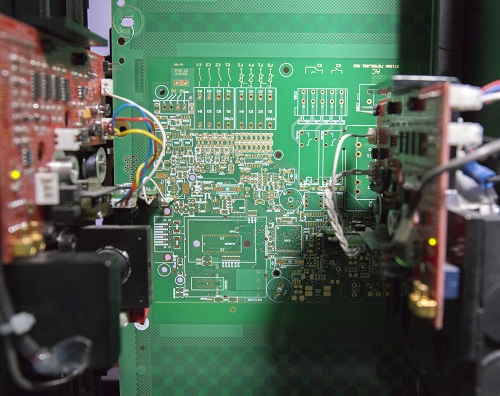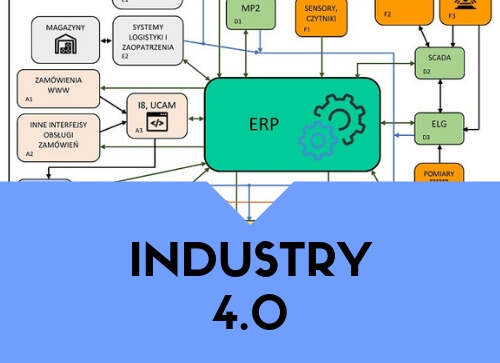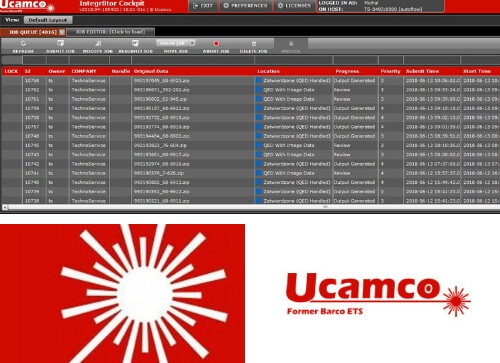What technical standards should the PCB comply with?
10.11.2016

The most common specifications used within the printed circuit boards production are the documents issued by the IPC. The main set: IPC-6010 “Family of Board Performance Documents" includes the following specifications:
- 6011: Generic Performance Specification for Printed Boards,
- 6012C: Qualification and Performance Specification for Rigid Printed Boards,
- 6013C: Qualification and Performance Specification for Flexible Printed Boards,
- 6015: Qualification & Performance Specification for Organic Multichip Module (MCM-L) Mounting & Interconnecting Structures,
- 6017: Qualification and Performance Specification for Printed Boards Containing Embedded Passive Devices,
- 6018C: Qualification and Performance Specification for High Frequency (Microwave) Printed Boards.
These documents impose the minimum requirements that need to be fulfilled within the printed circuit boards production. IPC 6012C standard applies for the most common, rigid PCBs. This specification defines the requirements and performance capabilities for PCBs production of the following types:
- 1layer
- 2layers
- multilayers without blind or covered vias
- multilayers with blind or covered vias
- multilayers with metal core without blind and covered vias
- multilayers with metal core with blind and covered vias
IPC-A-600 H "Acceptability of Printed Boards " is a more detailed document that sets the standard for rigid printed boards in terms of preferred, acceptable and not compatible requirements which could be observed both in inner and outer layers of PCBs. It also includes extensive acceptance criteria including all types of printed board surface: IPC-6010, J-STD-003, etc. This specification is a complementary document that provides visual interpretations of the requirements for IPC 6010 series.
Other documents related to the quality of printed circuits are known as PERFAGS:
- PERFAG 1D Nonplated-Through Boards
- PERFAG 2F Double-Sided Plated-Through PCBs
- PERFAG 3D Multilayer PCBs
- PERFAG 4B Flexible and Rigid-Flex PCBs
As a matter of fact, they have been effectively superseded by IPC documents, hence they are rather unpopular and rarely used.
However, customer requirements may be different from those imposed by the guidelines of IPC or PERFAG (for example more restrictive). Any discrepancy between formal regulations and customer expectations should be discussed by the customer and the supplier – for that the abbreviation AABUS is commonly used (as agreed between user and supplier). It means that the requirements must be clearly formulated by the customer and accepted by the manufacturer accordingly. As long as they are not communicated and accepted, they will not be binding for the parties.
Useful links:
IPC shop: HERE
PERFAG shop: HERE









